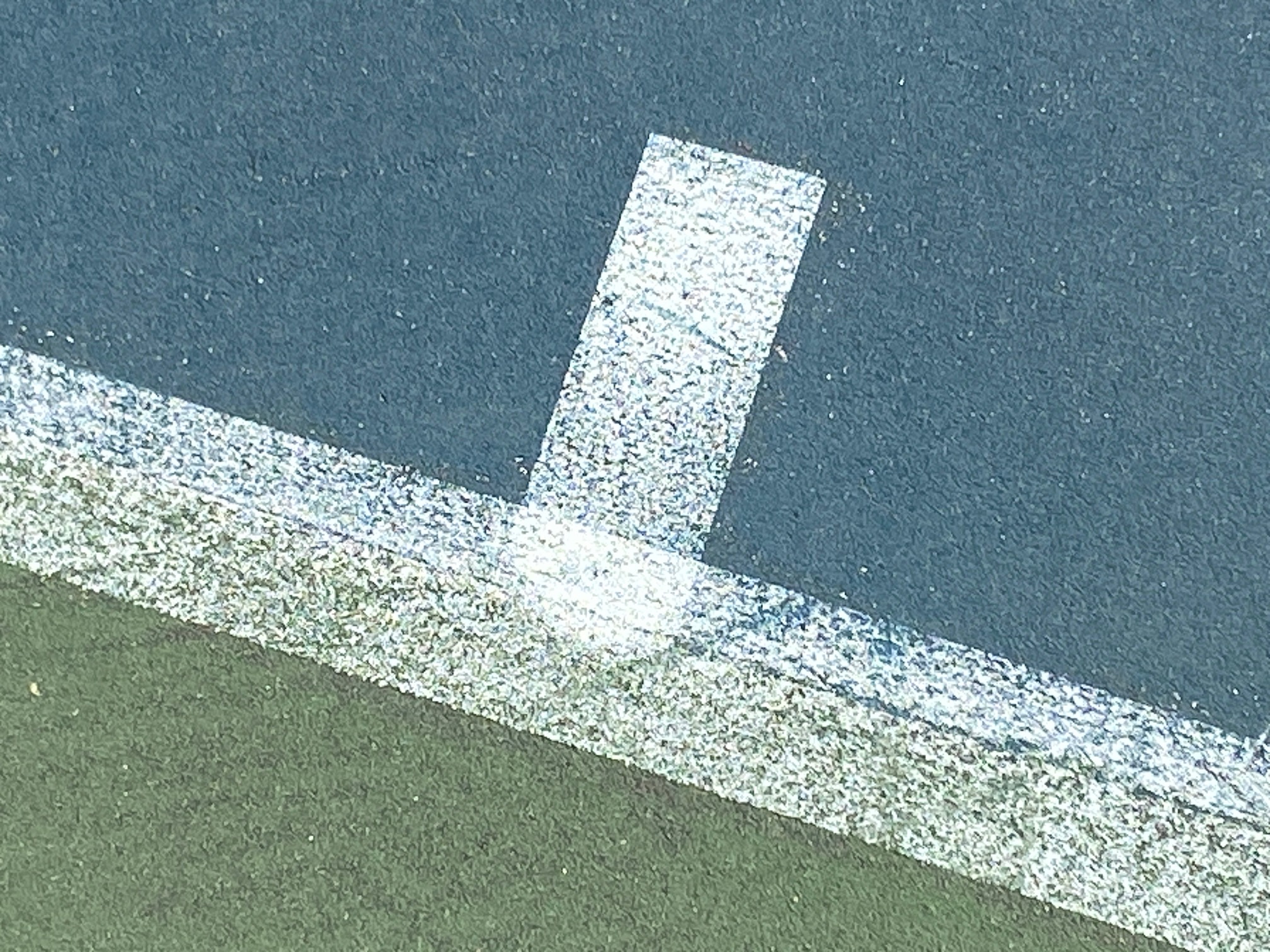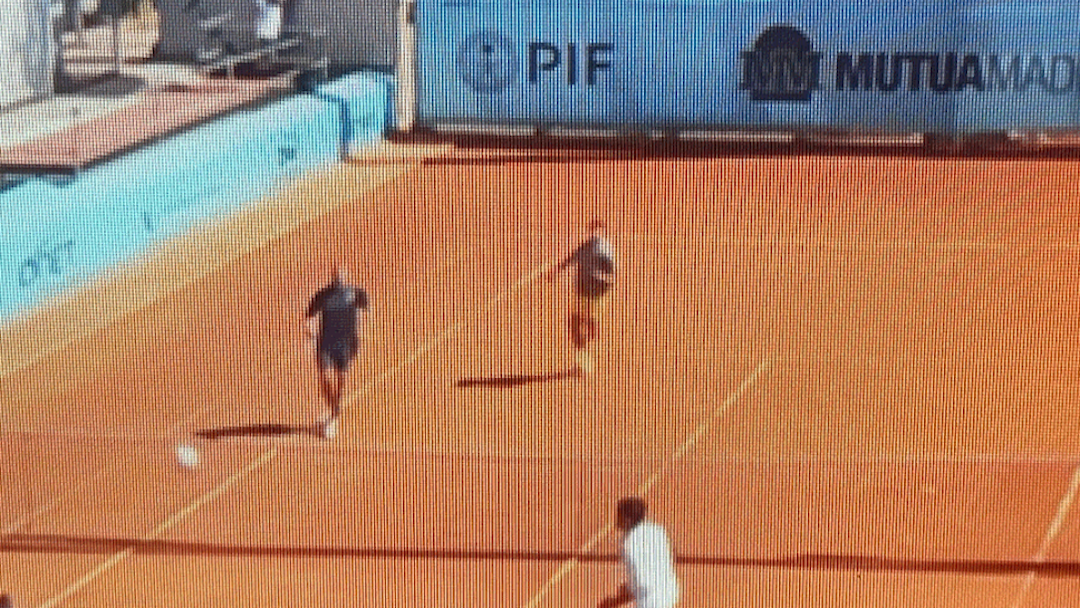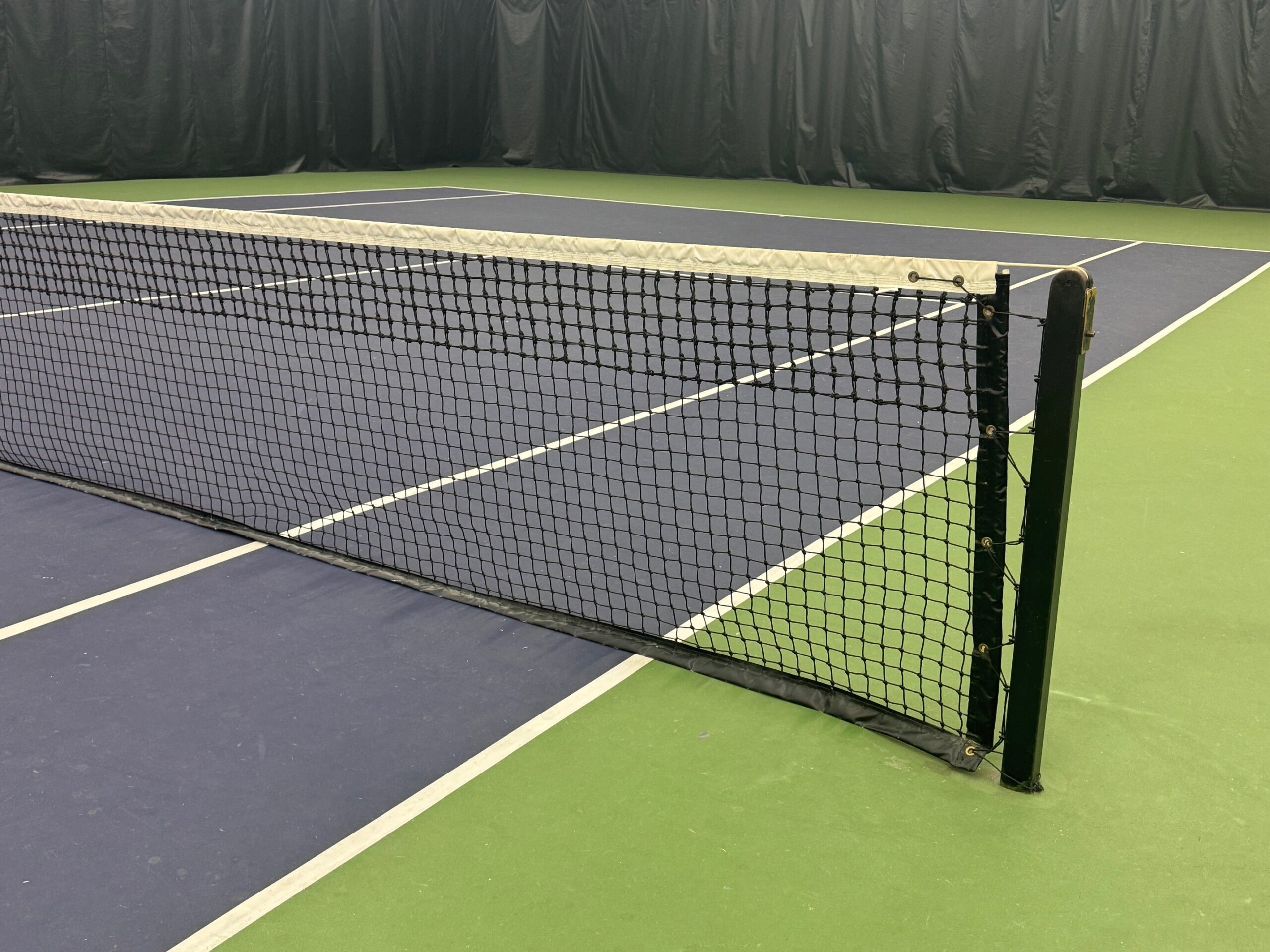Fiend at Court Unplugged
This weekend the “Unplugged” themed posts continues to expand on points of feedback that I recently submitted to the USTA Adult Competition Committee. (ACC) A lot of women in the Senior Tennis Community are currently doing the same thing. The declining participation in tournament tennis coupled with recent USTA “innovations” exacerbating the problem has brought us to a precipice. Point #4 advocates that the scoring format in the main draw for National Level 1 (and really 2, and 3) tournaments should always be a full 3 sets.
Here is the complete text of that part of my letter:
Point 4: The Scoring Format Should Be a Full Two Out of Three Sets with Ad Scoring
Point 4 from my feedback letter to the USTA ACC.
While participants at local tournaments may not have the time, or physical conditioning for long format matches, that is not true for competitors at National Level Tournaments. In a split set match, the third set is the format that has the least variance and is the most equitable way to determine who was better on that day with so many [rankings] points on the line. Additionally, frequently the third set is a matter of player conditioning which is a factor that is entirely within the player’s scope of control when training.
Main draw matches should always be a full two out of three sets with ad scoring. If draws are large, then I think most would agree that a third set super breaker is acceptable for the back draw. That helps with tournament court capacity as well as acknowledging that players may have to play two matches in the back draw in a single day.
Again, with the National Competitive community it is important to prioritize the structure around more tennis rather than less.
I have my own theory on the insidious rise of the super-breaker in lieu of the third set. Quite simply, it solves a court capacity issue for USTA League play. A team league match occupies 3, 4 or 5 courts. For a USTA League match, facilities schedule court time in 2 hour increments. That is usually enough time to complete a two set match with super-breakers.
If USTA League play used a full third set, then some matches would take about an hour longer than the scheduled court time. Unless a facility has an extra open court at the end of the match, the options are to suspend the match in progress, or start a cascading scheduling issue throughout the rest of the day.
As USTA League tennis grew to dominate USTA adult recreational play, it is quite likely that the thinking at the USTA ran along the lines that most players preferred the super-breaker. It is faulty logic to lump League players and Tournament players together when considering playing format. It is also not correct to lump National and Local level tournament players together when considering playing format preferences.
For tennis competitors who have taken the time to travel to a National Level USTA tournament, a full third set should be the mandatory format. Less tennis is not the answer.
Tomorrow we will move into Point #5 from my feedback letter. It examines an even more insidious movement to shorten matches.



